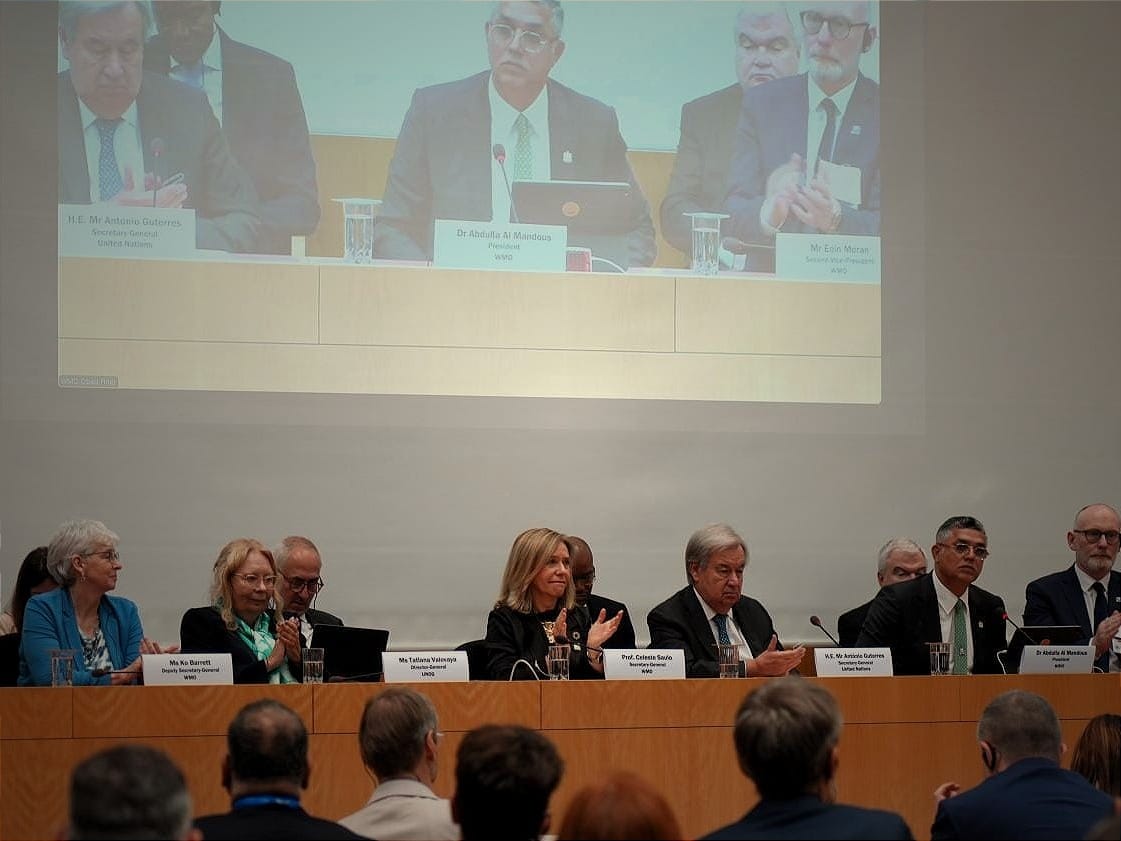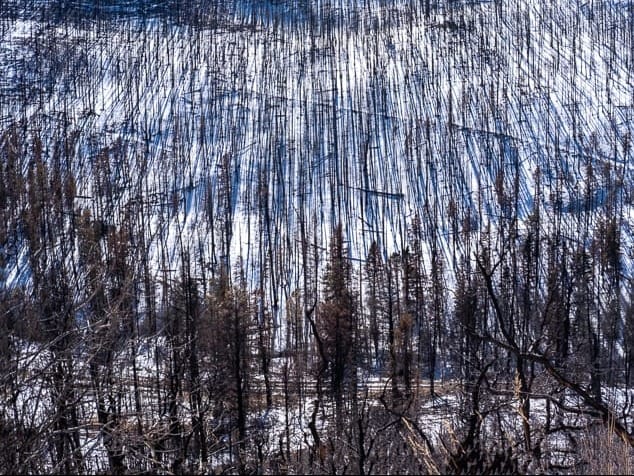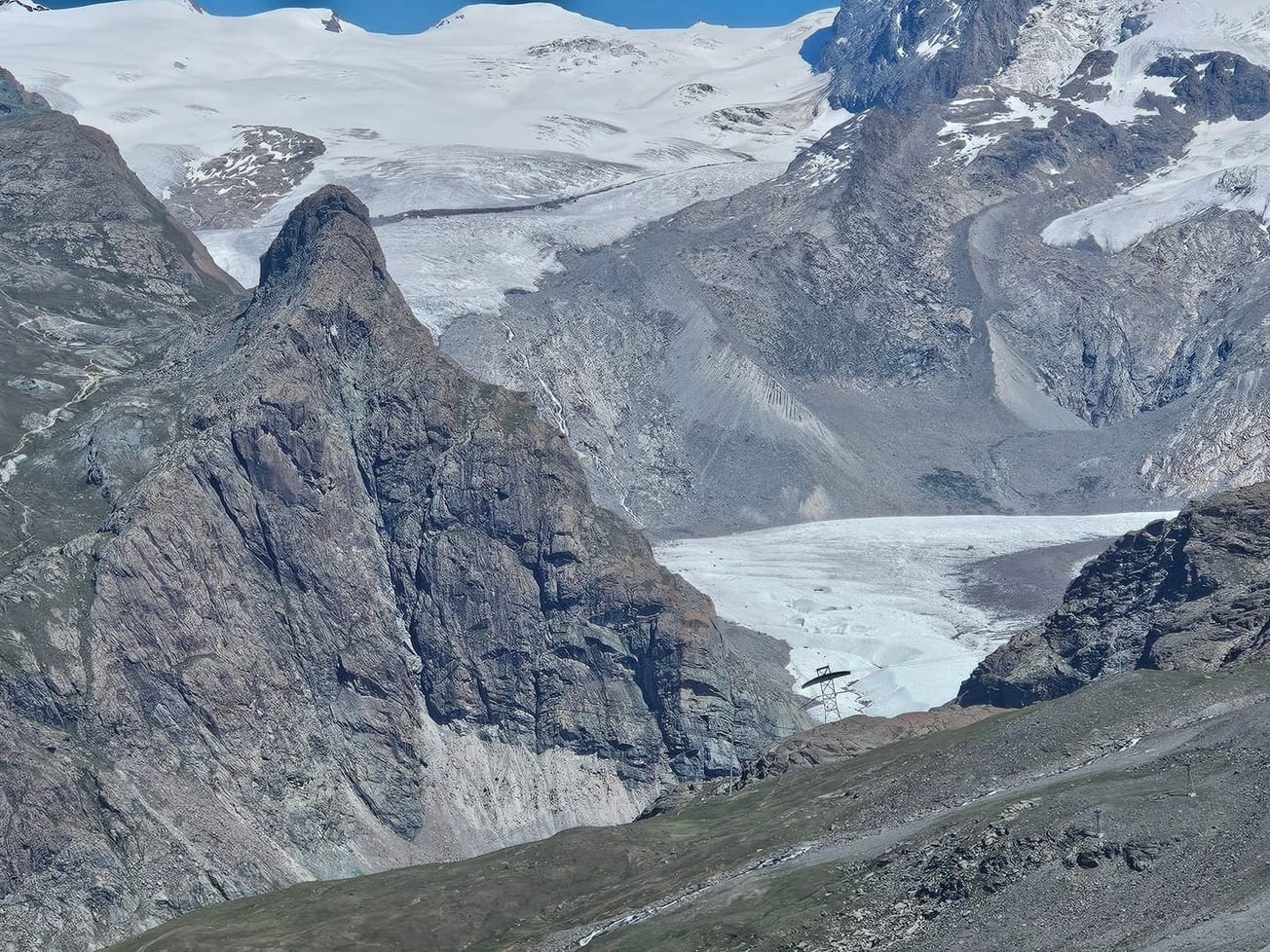TAOS, New Mexico (AN) — As snowpacks in the western United States and glaciers in Europe and Asia show decades of decline, few nations offer climate plan targets – reducing the Paris climate accord to a weak pulse.
Japan's adoption of new decarbonization targets on Tuesday made it just the 15th government to meet the 2015 Paris Agreement's requirement of submitting climate action targets for cutting greenhouse gases by 2035.









